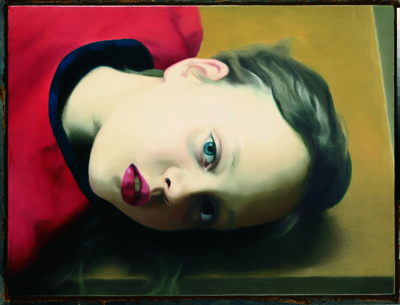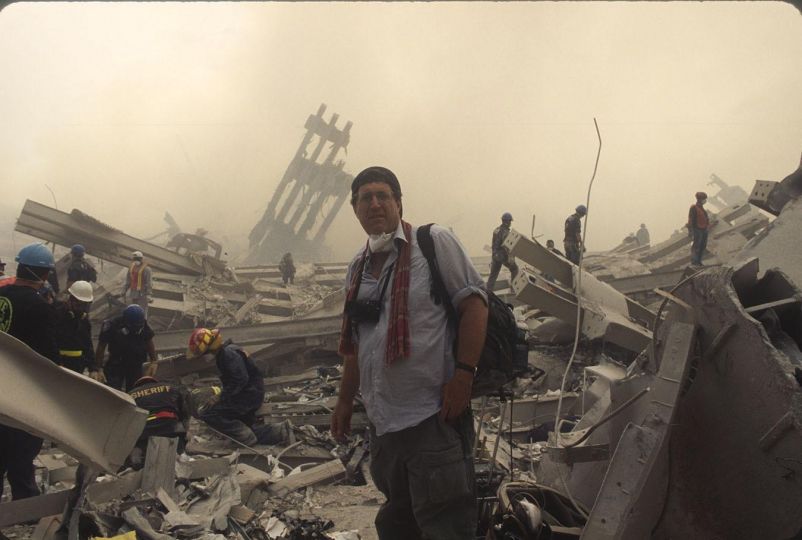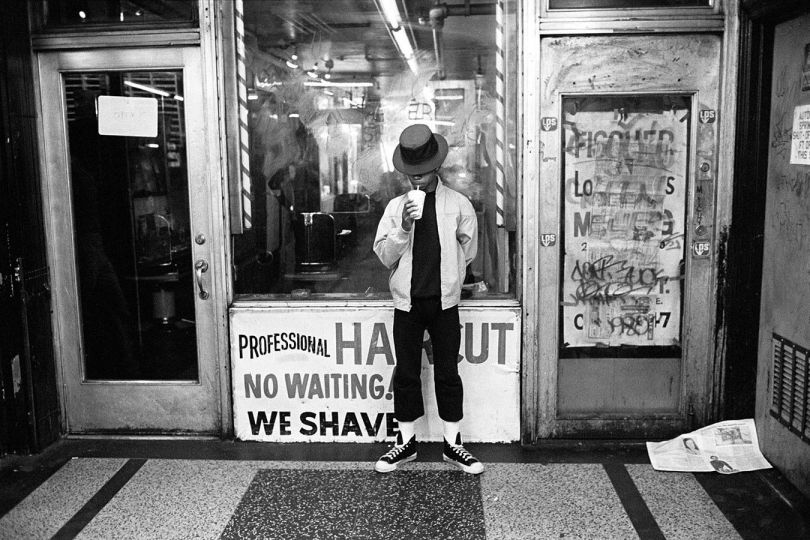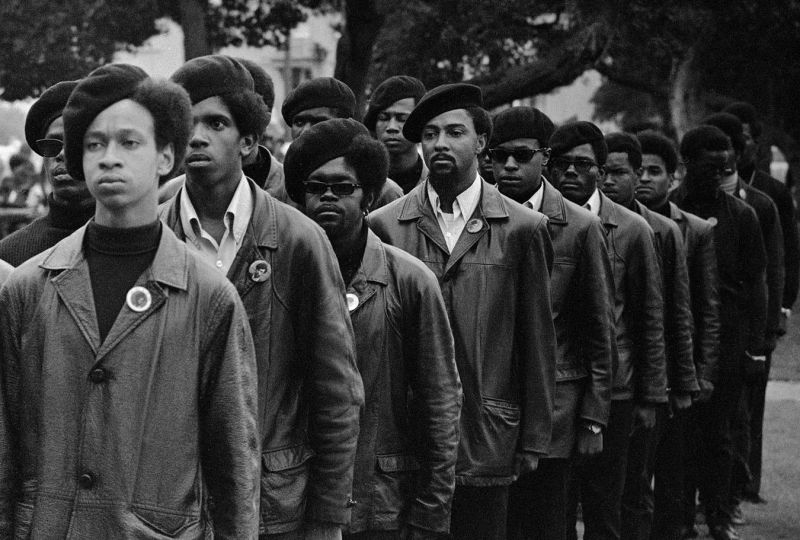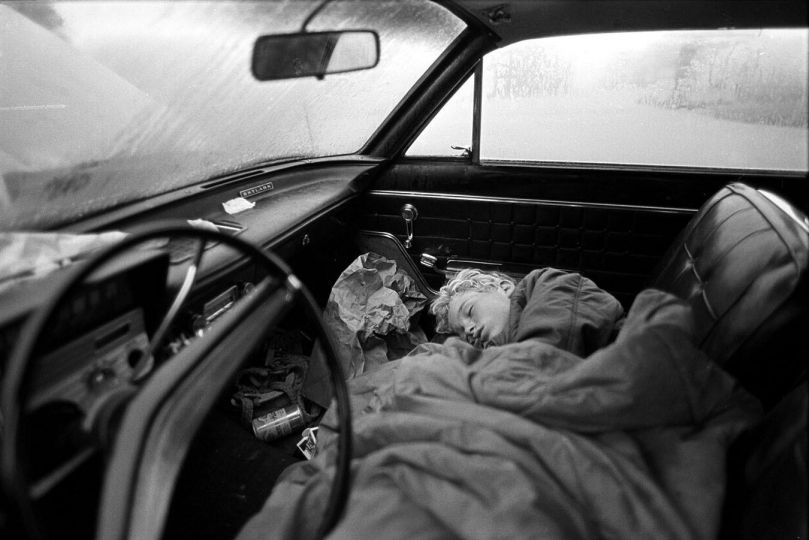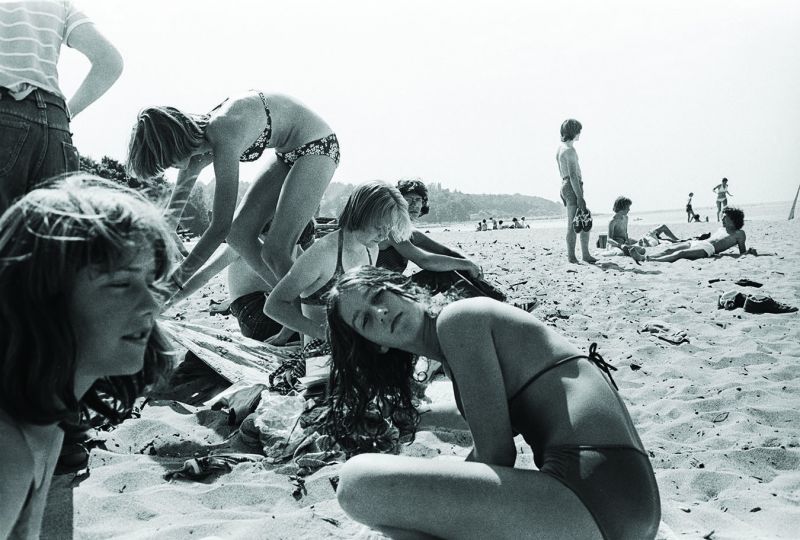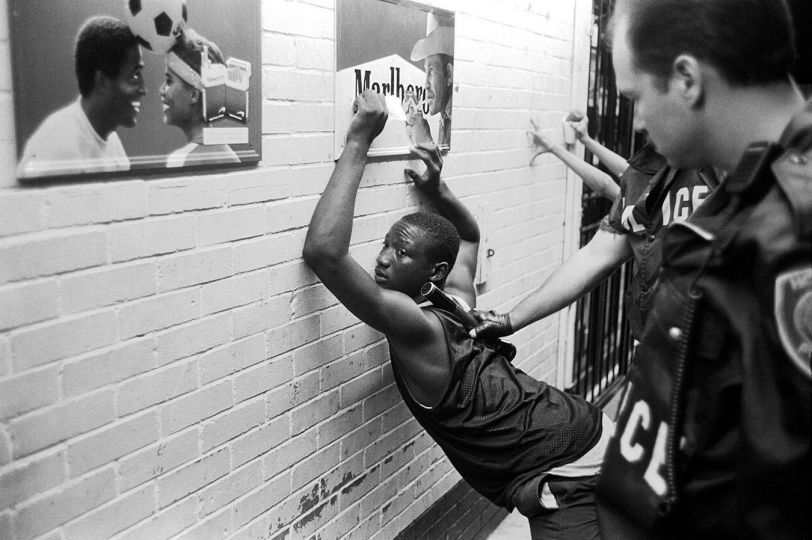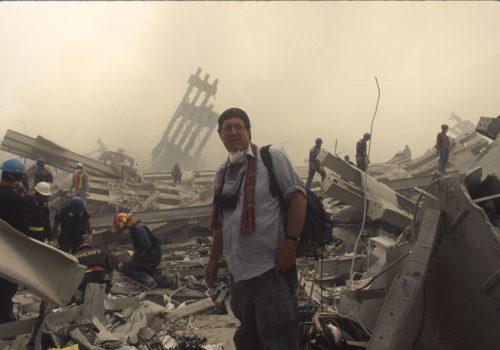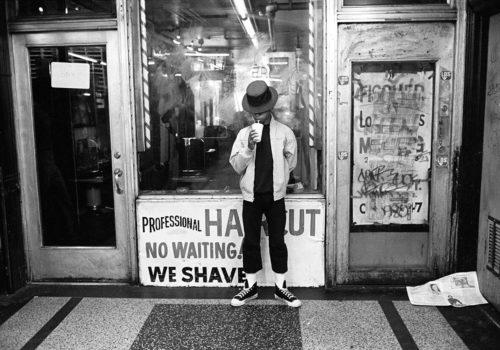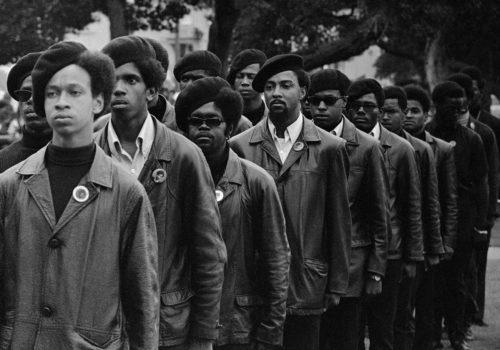“Painting from a photograph seemed to me the most unartistic thing that anyone could do.” Until September the 24th 2012, the Centre Pompidou pays tribute to Gerhard Richter, one of the great figures of contemporary painting.
Gerhard Richter appeared on the European scene in the early 1960s with works inspired directly from photographs, which he called “photo-paintings”. He immediately became established as an alternative to American Pop Art and European informal art, defending a new vision of painting. His works, produced on the basis of his own photographs or images selected from the newspapers are imbued with a strict expressive neutrality. However, his selection of subjects made him one of the first artists of his generation to face up to Germany’s Nazi past and the emergence of a Western consumer culture. The fidelity to the original image is the result of a classic duplication procedure: after squaring up the photos, the image is enlarged by means of an episcope, then recopied onto the chosen medium. The final blurred effect is obtained by rubbing the still-wet paint with a brush, either in horizontal bands or by blurring the edges. Richter painted his first portraits in the mid 1960s. The most recent, Ella (his second daughter) dates from 2007. This portrait gallery is composed solely of representations of people close to the artist, and, exceptionally, a self-portrait. In 1965, Gerhard Richter painted his uncle Rudi, his aunt Marianne and his father Horst. He painted his uncle in Nazi uniform, taking inspiration from a photograph in which he posed, smiling, and which was taken shortly before he died in the war. The portrait of his mentally fragile aunt Marianne is based on a photograph showing her with Richter as a child, before she was killed by the Germans as part of the Third Reich’s eugenics programme. The dark atmosphere of these first portraits is directly linked to the traumatic experience of the war. But a feeling of intimacy both sublime and natural also emanates from the portraits of his wife and children, and of his friends and family.
« Gerhard Richter was born in Dresden in 1932; this exhibition is the celebration of his eightieth birthday. One of the leading figures in the contemporary art world, he explored new relationships between painting and photography in the early sixties, and created a new kind of abstraction at the start of the 1970s, and, then, in the 1980s, reinterpreted historical genres such as portraiture, historical painting, and landscape, in an erudite, unexpected fashion. »
Camille Morineau, curator of the exhibition.
The result of a team effort with London’s Tate Modern, and the Neue Nationalgalerie in Berlin, the Panorama retrospective at the Centre Pompidou brings together a selection of 150 major works by Gerhard Richter. The artist has been fully involved in the original design conceived specifically for the exhibition which offers a double insight, both chronological and thematic, into his career from the 1960’s until his most recent works.
CATALOGUE
Gerhard Richter.
Panorama French edition directed by Camille Morineau
24 x 32 cm. 304 p., 300 ill. colour
EXHIBITION
Centre Pompidou
75191 Paris cedex 04
Opening 11am – 9pm every day except Tuesdays Until September 24, 2012

